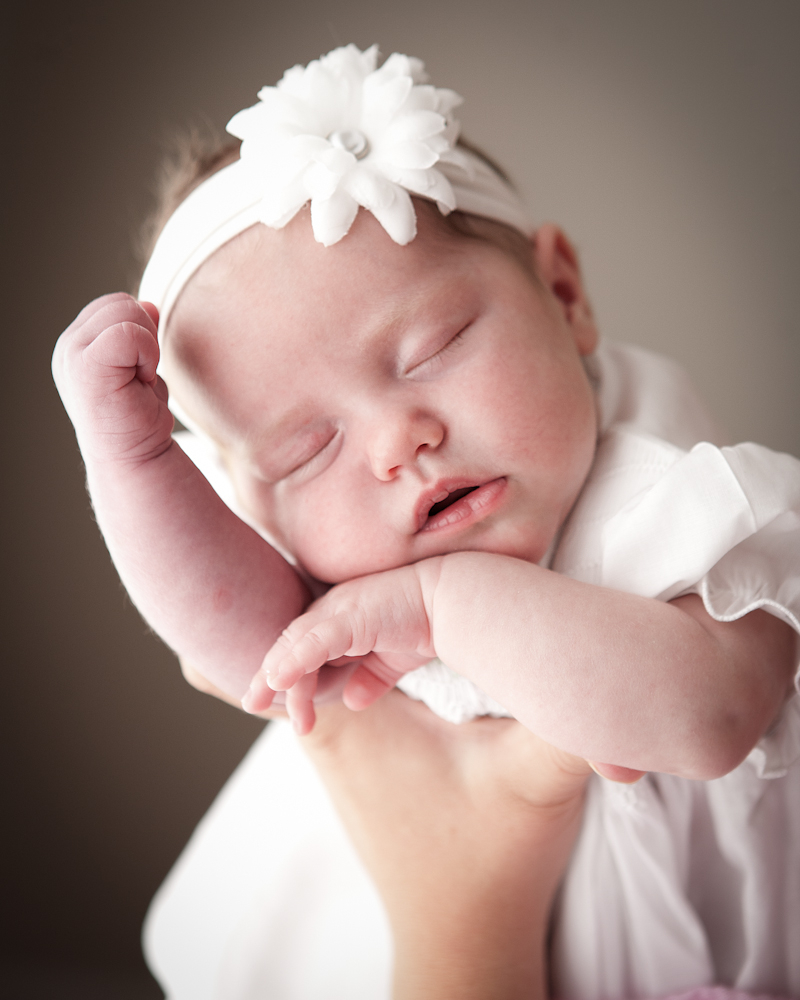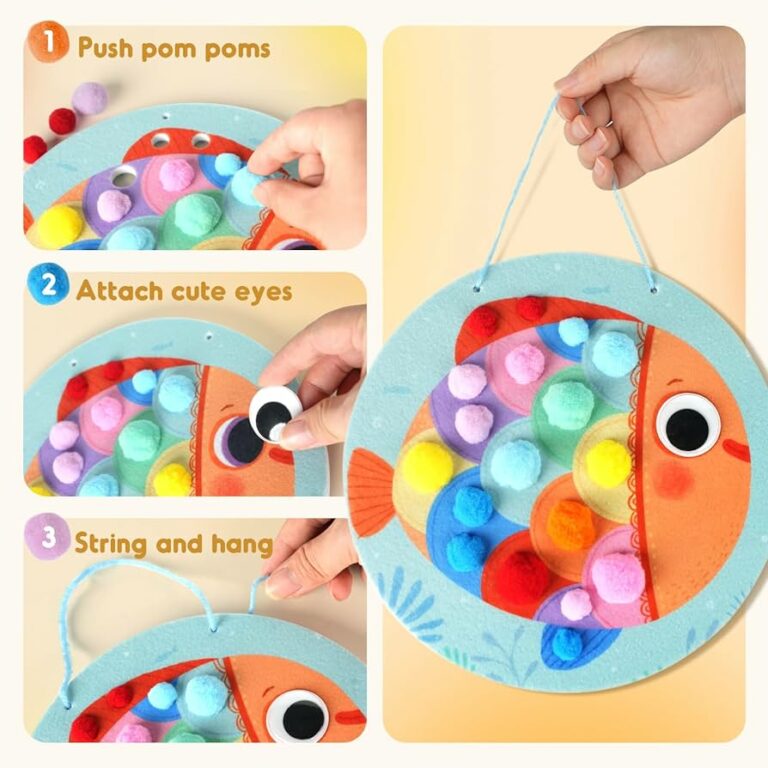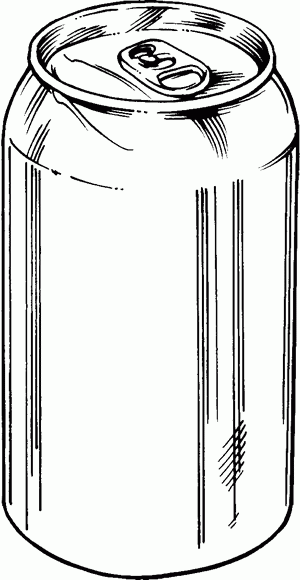When Is A Baby No Longer A Newborn: Understanding the Transition
Welcoming a newborn into the world is a momentous occasion filled with joy, wonder, and a flurry of emotions. As parents, caregivers, and family members, the term “newborn” is often used to describe these tiny bundles of joy. However, there comes a point where a baby is no longer considered a newborn. But when exactly does this transition take place? In this article, we will delve into the intricacies of when a baby is no longer a newborn and explore the various stages of a baby’s development.
Knowledge
When we talk about the term “newborn,” we are typically referring to the first few weeks of a baby’s life. The newborn stage is characterized by fragility, dependency, and rapid growth. However, as time progresses, a baby undergoes significant changes that mark the transition from being a newborn to an infant.
During the newborn stage, which lasts for approximately the first 4 weeks of life, babies are highly dependent on their caregivers for feeding, diaper changes, and comfort. They sleep for most of the day, waking up every few hours to feed, and their movements are limited to reflexes such as sucking, rooting, and grasping.
As a baby approaches the end of the newborn stage, usually around the 4-week mark, they begin to exhibit more awareness of their surroundings. They start to make eye contact, track objects with their eyes, and show signs of social smiling. These developments signal the transition from being a newborn to an infant.
Once a baby enters the infancy stage, which typically lasts until around 12 months of age, they undergo rapid physical, cognitive, and emotional development. They start to roll over, sit up, crawl, and eventually walk. Their babbling turns into meaningful words, and they form attachments to primary caregivers.
Conclusion
In conclusion, the transition from being a newborn to an infant is a gradual process that occurs over the first few weeks of life. Understanding the milestones and developments that take place during this time is crucial for parents and caregivers to provide appropriate care and support for their growing baby. Knowing when a baby is no longer a newborn helps in setting realistic expectations and celebrating the unique journey of each child.
Overall, this article is aimed at parents, caregivers, and anyone interested in the intricate phases of a baby’s development. By shedding light on the transition from being a newborn to an infant, we hope to empower readers with knowledge and insight into this remarkable journey.
As we witness the transformation of a tiny newborn into a curious, active infant, it becomes evident that each stage of a baby’s life is filled with wonder and discovery. Understanding when a baby is no longer a newborn allows us to appreciate the beauty of growth and development, shaping the future of our little ones.






